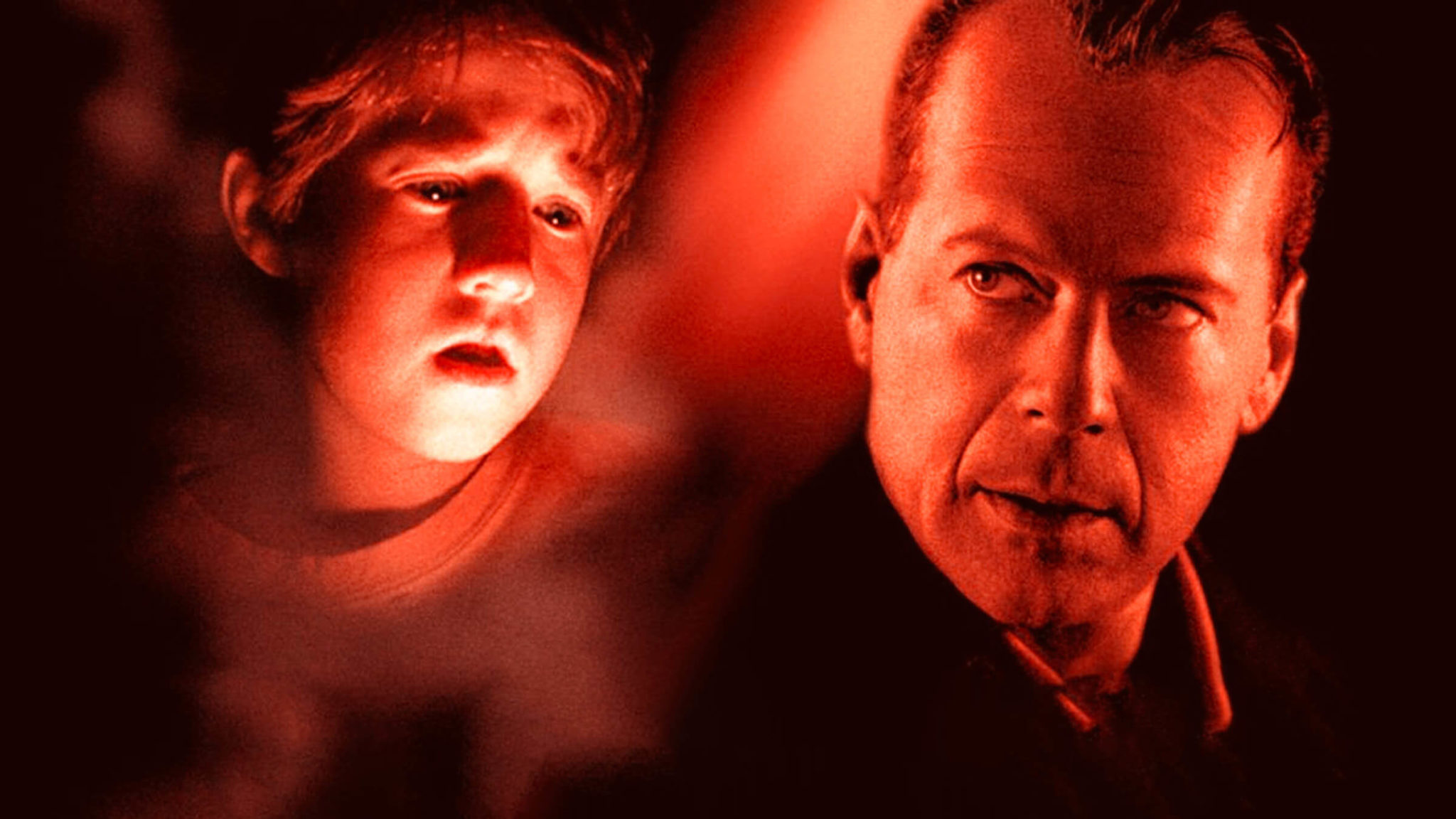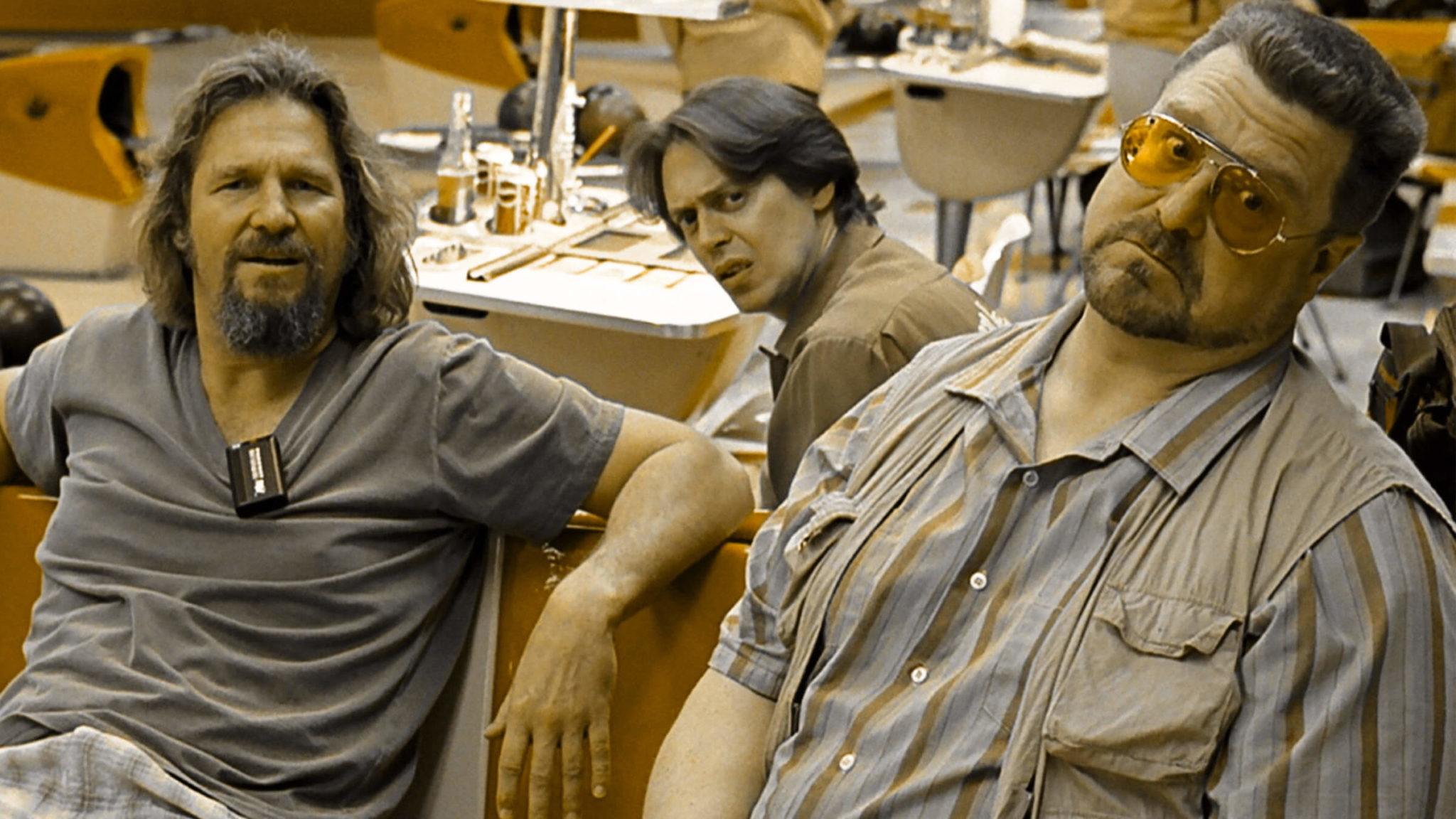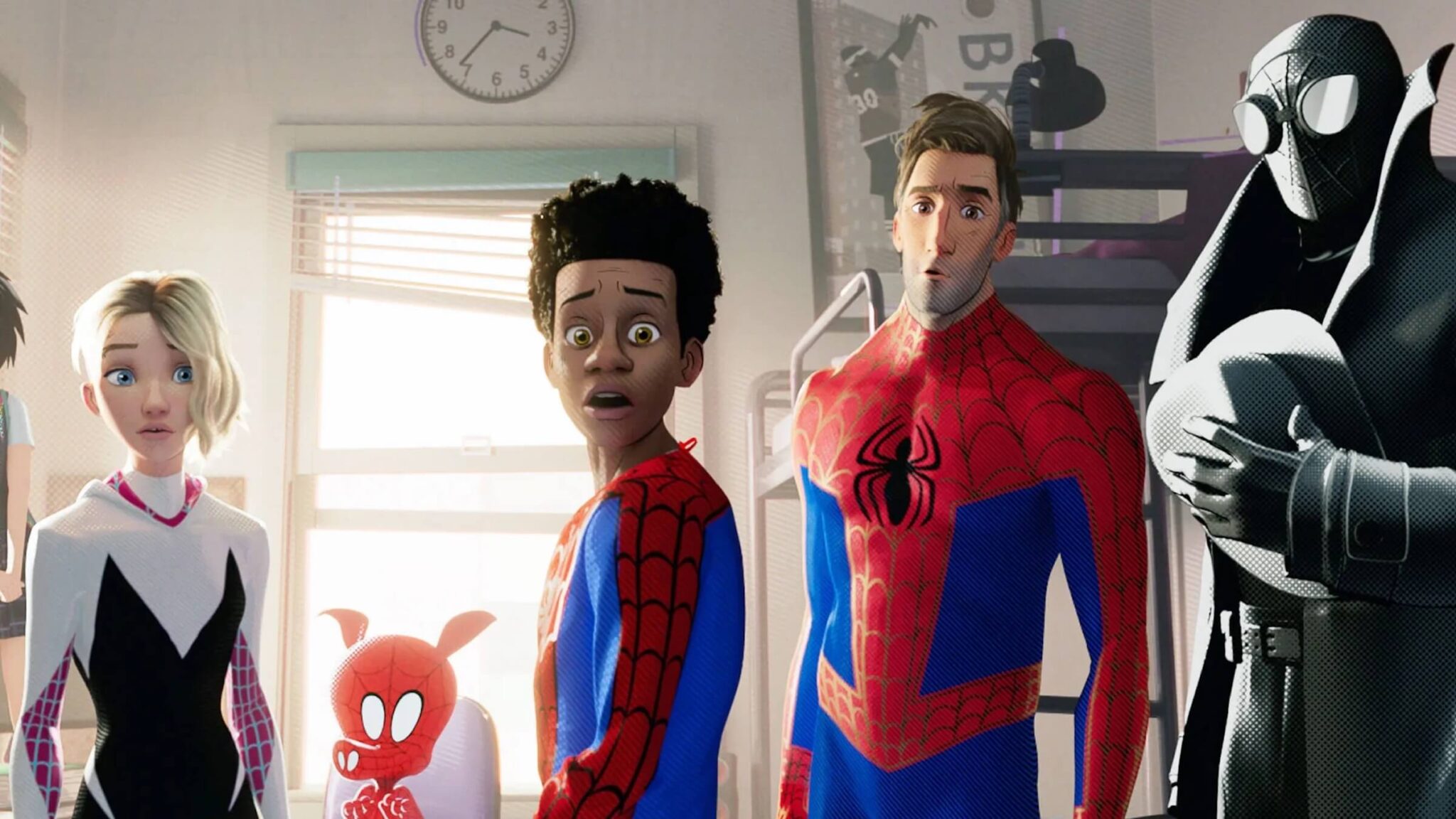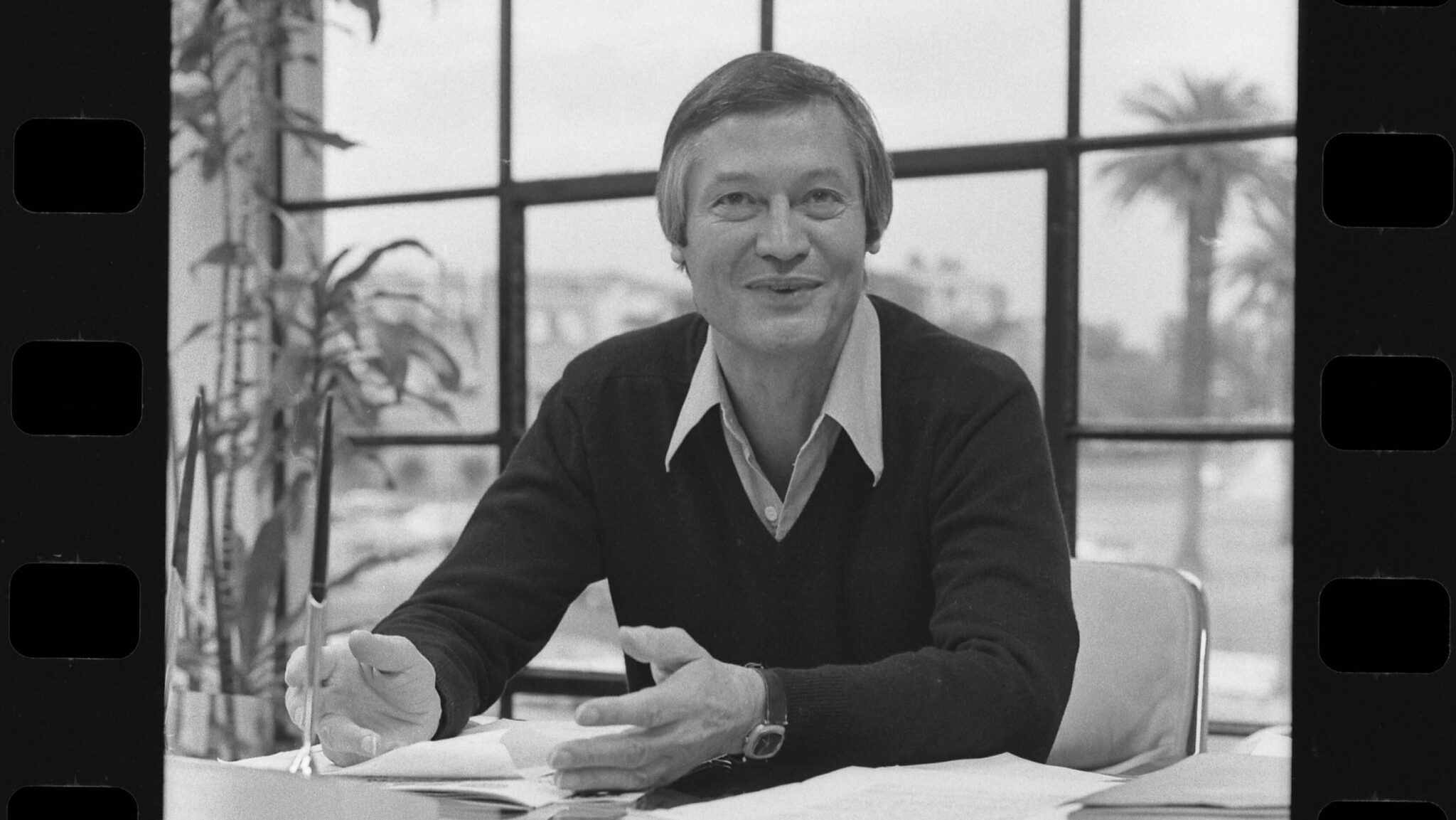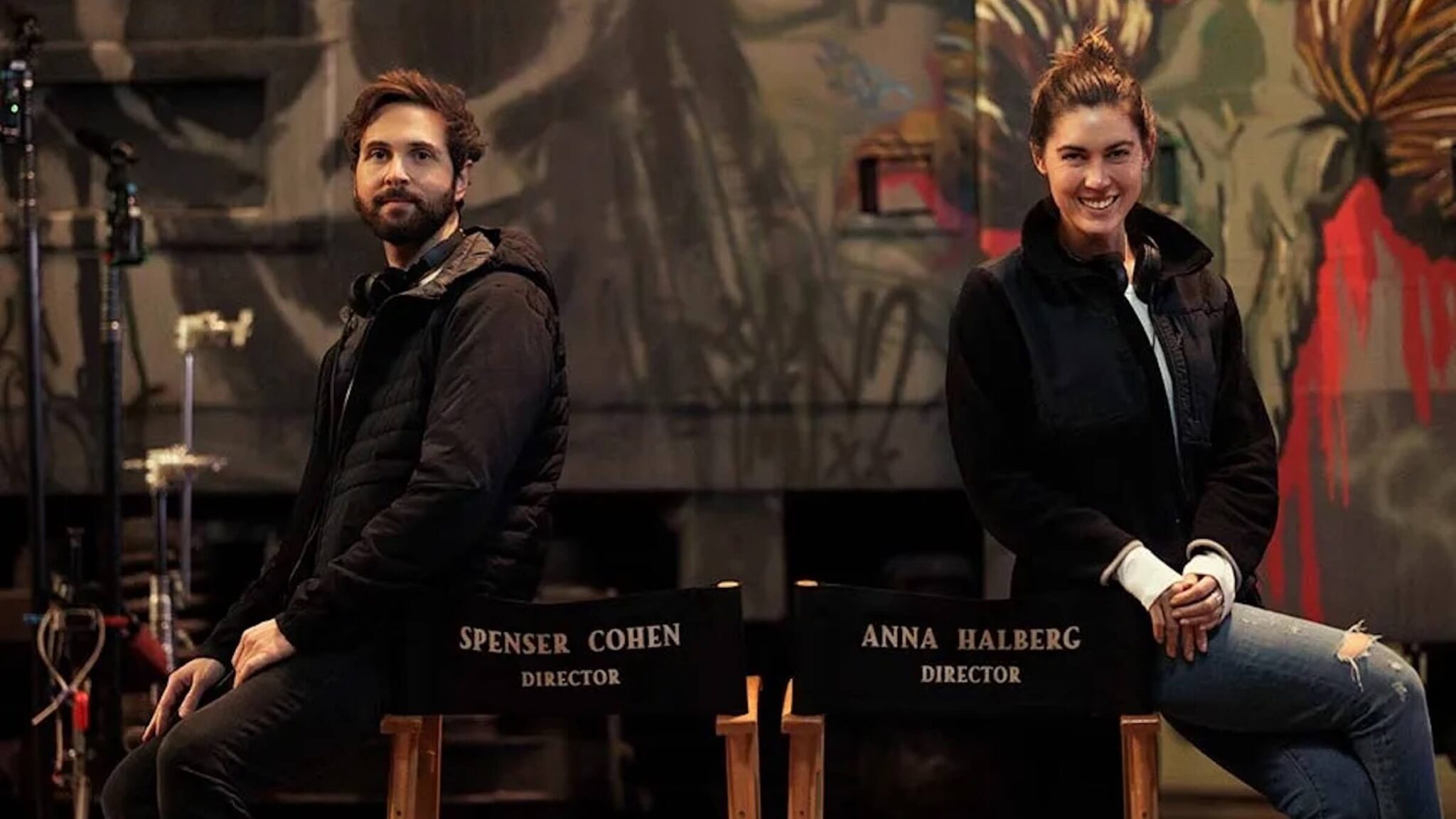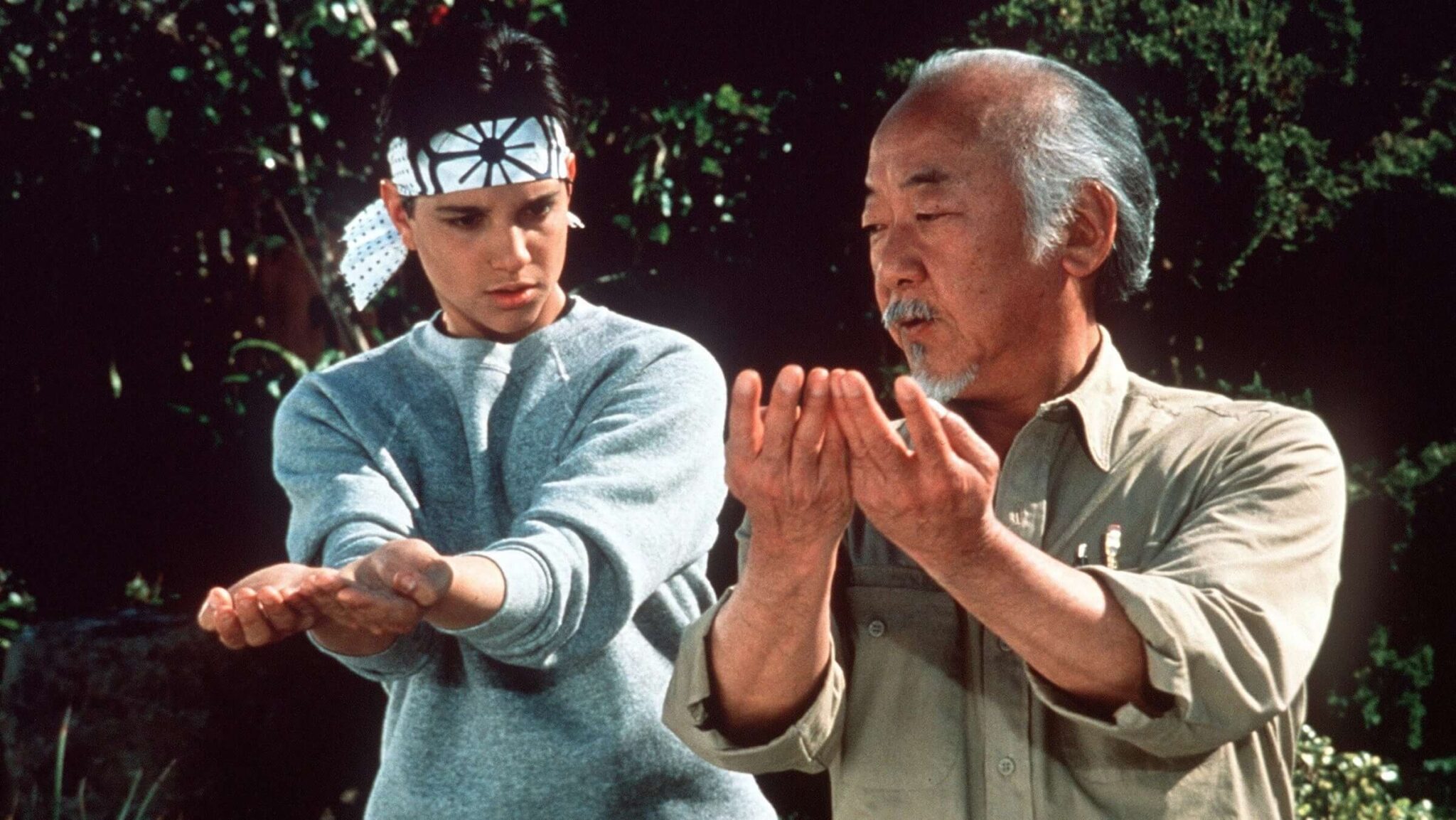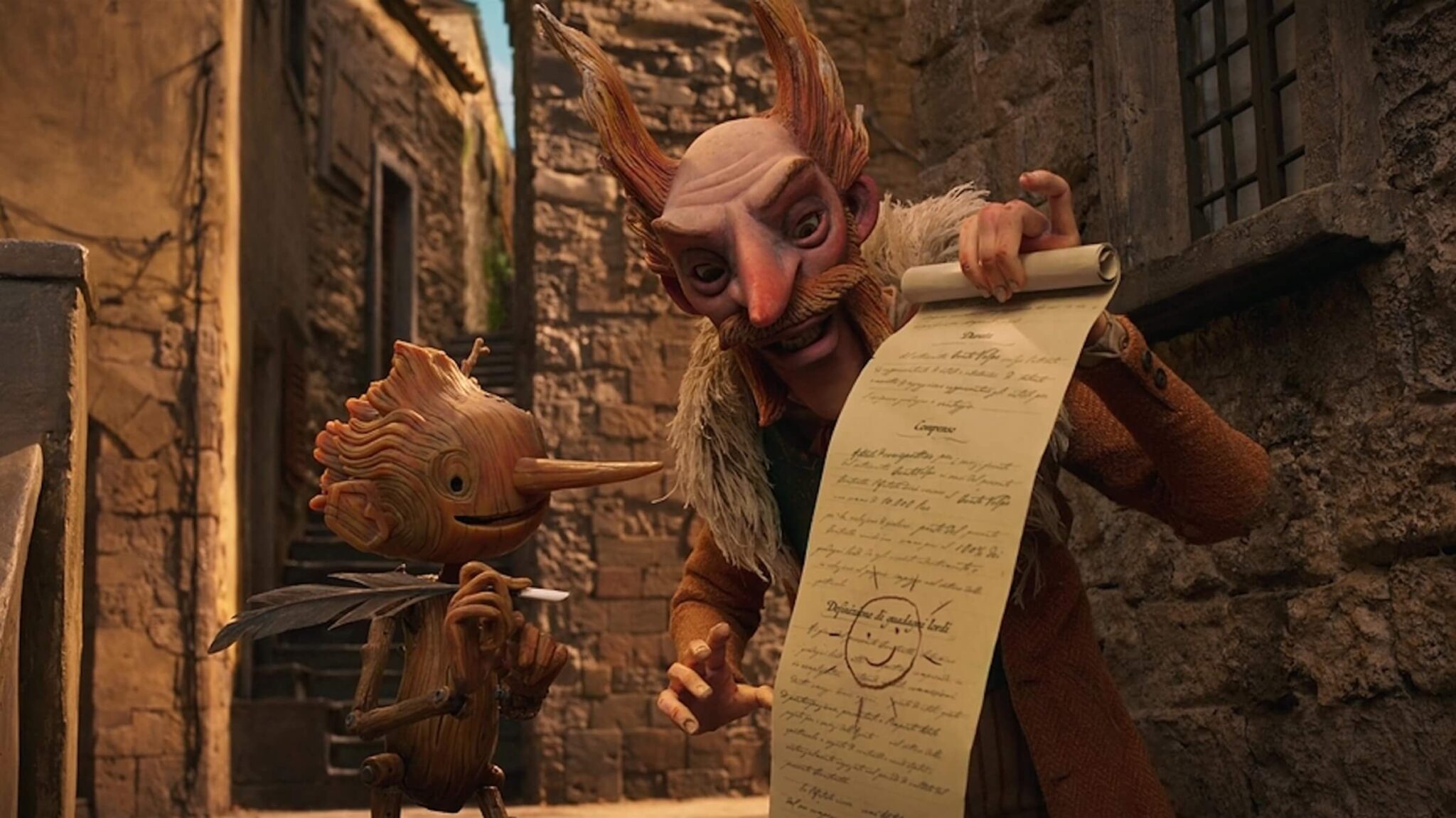
What are the best writing workouts that help build your creative instincts and better your writing?
Writing is like your body, comprised of multiple muscles that take on different loads and perform individual tasks to keep your body safe, stable, and strong. If you don't get the exercise those muscles need, they eventually fail and limit the movement and safety of your body.
The same thing happens as a writer.
When you conceptualize, develop, and write stories, you're using multiple creative muscles that are in charge of different tasks and responsibilities to create compelling and engaging material. If you don't exercise those creative muscles, they falter and limit your writing because you're not developing them as you should be on a consistent basis.
When your body gets used to the same exercises (your usual writing process) being performed over and over, the fibers aren't being challenged — and they certainly aren't going to grow.
The same can be said for your creative muscles. If you're just going about your regular writing schedule and routine, you're not challenging those creative muscles.
With that in mind, we share seven highly effective writing workouts that you can use to build your creative muscles and strengthen your writing capabilities.
1. Write Long Lists of Writing Prompts for Multiple Genres
This — initially — has nothing to do with your current or future writing projects. Yes, you may discover some gems that you want to explore further. And yes, this is actually a great exercise to find original concepts for that next screenplay.
But we're going to focus on working out those creative muscles here.
Pick a genre, any genre.
Now flex those creative muscles and come up with ten original concepts. These concepts can be characters in a particular situation, an intriguing world, or whatever you imagine.
Write them out as sentence fragments or loglines.
Read ScreenCraft's 101 Best Movie Loglines Screenwriters Can Learn From!
Examples include:
A girl goes missing. Fifteen years later, her parents get a call from her older self. But they listen in fear because they killed their daughter that dark night years ago.
A man reads a novel, soon realizing that the story is his very own — and according to the book, a killer is looming.
A scientist clones his family that died in an airplane crash — but soon learns the repercussions of playing God.
A man wakes up bound to an electric chair.
A man wakes up in a coffin next to a freshly dead body.
A woman wakes up to find her family gone, and her doors and windows boarded up with no way to escape.
A man afraid of snakes is shipwrecked on an island covered with them.
A dark web website connects serial killers worldwide.
The world’s population is overtaken by vampires — all except one little child.
A young brother and sister find an old door in their basement that wasn’t there before.
After you've finished with those first ten, switch genres and create ten more (and so on).
What does this writing workout do for you?
It gets those creative juices flowing — forcing you to conceptualize stories and characters under the constraints of a particular genre. The added benefit is you may create concepts and characters that you can apply to current or future writing projects of your own.
2. Gender-Switch One of Your Lead Protagonists
All screenwriters have screenplays that haven't seen the light of day in the film or television industries. They sit on that metaphorical shelf collecting dust.
You don't know why they haven't garnered any interest. You've given up on them as a result.
Try revisiting those stories and gender-switch the lead protagonist.
If you have an action thriller with a male Special Forces soldier as the hero, try to reconceptualize it by switching the gender of the lead to a woman.
If you have a scary story set within confined spaces as a woman struggles to survive, try to play with the dynamics of a strong male being helplessly trapped.
What does this writing workout do for you?
It helps you to focus on character dynamics, depth, and arc. When you switch the genders of characters, you can explore the different aspects of female versus male or male versus female actions, reactions, and interactions. It gets you out of your comfort zone with the story, forcing you to think differently.
It can help give an old story new legs or get you ready to take on a different character gender in future stories.
Ellen Ripley (Alien), Spock (Star Trek), Starbuck (Battlestar Galactica), Salt (Salt), and Murph Cooper (Interstellar), to name just a few, were all gender-switched characters.
3. Gender-Switch One of Your Supporting Characters
Rather than handling a whole overhaul of a story by switching the gender of your lead protagonist, try taking on a supporting character instead.
What does this writing workout do for you?
It will still require some challenges and efforts, but it's a writing workout designed to help you adapt to any needs that may come up in your screenwriting career. If you're writing on assignment, you'll often be asked to switch the genders of supporting characters to meet the needs of casting.
Paula (40-Year-Old Virgin), The Ancient One (Doctor Strange), M (James Bond movies), and Hobson (Author remake) were all gender-switched characters.
4. Write Overly-Detailed Screenplay Description and then Cut it Down to One Sentence
If you're a screenwriter, you've heard the Less Is More directive plenty of times in your screenwriting journey.
Less Is More is the best mantra that screenwriters can embrace because it serves their script so much better than overwriting, which sets too much atmosphere, too much direction, and above all, too much information for the reader’s mind to process while they’re trying to visualize what is meant to be a film.
The true testament of an excellent screenwriter is to be able to convey style, atmosphere, and substance with as little description needed.
So start by indulging yourself as you write an overly detailed scene description. Go nuts. Have fun. Go into as much detail as you'd like.
Now try to rewrite that scene description using just one line of description.
Overwritten Version

Single-Line Version

The overwritten version of this scene is a perfect example of what a majority of screenwriters mistakenly write. They try to create atmosphere and visual style, but it hinders the read and gives too much information to process quickly. In the end, all that the reader needs to know is that it’s a dark and wet cell block.
What does this writing workout do for you?
It helps you learn how to convey more by writing less.
When you have long scene description, the reader gets lost in the details as they struggle to move onto the next image that they are supposed to be seeing.
When you master the art of condensing atmosphere and visual flair down to a single line of description, you're giving the reader a better reading experience. And you're also learning what's important, and what's not.
5. Write Overly-Long Monologues and Cut the Dialogue Down to One Line
Yes, you can do this while you work on your latest project. But let's make this a single workout.
Create any scenario where one character is trying to convey something through dialogue delivered to others. You can write a full exchange between that character and one or more characters in the scene — but go crazy and write what may possibly work well as a monologue.
When you're done, read it a few times over and then...
... cut it all down to just a single powerful line of dialogue.
Overwritten Version

Single-Line Version

What does this writing workout do for you?
It helps you get to the core of whatever the character is trying to say. Whoever he is talking to in the overwritten version likely knows most of those details. The writer is trying to represent drop exposition to convey what they believe to be more meaning.
But the single-line version (technically two, we know) says so much more with so much less.
6. Volunteer to Write Script Coverage for Someone Else's Screenplay
Some of the best writing education a writer can receive is reviewing and analyzing the work of other writers.
So reach out to your peers or writing groups and volunteer your services. When somebody offers you a script to review, read the screenplay from cover-to-cover and write up to seven pages of script coverage. Our partners at Coverfly have a great free peer script exchange called coverflyX.
What does this writing workout do for you? It allows you to work that objective muscle of yours.
When you read and review your own screenplays, it's challenging to be anything but subjective. However, being objective with your own work is the pinnacle of a screenwriter's journey. You need to learn how to analyze screenplays while being able to point out not just the bad but the good as well.
Read ScreenCraft's How to Become a Hollywood Script Reader
7. Take a Minor Character and Conceptualize a Story with Them in the Lead
There are two ways you can go about this workout. The first — and easiest — is by taking a minor character from your own project and conceptualizing a new story with them in the lead.
The second — and most fun and challenging — is by taking a minor character from a popular book, movie, or television series and creating a new story with them as the featured character.
If you want to keep it simple, just write a page synopsis of the story. If you want to challenge yourself even more, write a short screenplay version of whatever story you come up with.
It has to be compelling and engaging though. It can't be an extra scene or moment from that book, movie, or television series. You need to develop a story with that character as the lead protagonist.
What does this writing workout do for you?
It flexes your conceptualization skills, your character creation abilities, and your assignment capabilities.
Can you create an original concept for a character that you didn't create while embracing the mythos of the source material?
Can you find ways to make an otherwise forgettable character interesting by creating depth and arc?
Can you be the hired writer that can tackle an assignment with intellectual property that isn't yours?
These seven writing workouts will help you grow those creative muscles — and they'll help you grow as a writer too.
What other writing workouts do you recommend? Comment below or share your own writing workouts through Facebook and Twitter.
Ken Miyamoto has worked in the film industry for nearly two decades, most notably as a studio liaison for Sony Studios and then as a script reader and story analyst for Sony Pictures.
He has many studio meetings under his belt as a produced screenwriter, meeting with the likes of Sony, Dreamworks, Universal, Disney, Warner Brothers, as well as many production and management companies. He has had a previous development deal with Lionsgate, as well as multiple writing assignments, including the produced miniseries Blackout, starring Anne Heche, Sean Patrick Flanery, Billy Zane, James Brolin, Haylie Duff, Brian Bloom, Eric La Salle, and Bruce Boxleitner. Follow Ken on Twitter @KenMovies
For all the latest ScreenCraft news and updates, follow us on Twitter, Facebook, and Instagram.
Tags
Get Our Screenwriting Newsletter!
Get weekly writing inspiration delivered to your inbox - including industry news, popular articles, and more!








